Fix Windows Update Error 0x80070652
Get Free Scanner and check your computer for errors
Fix It NowTo fix found issues, you have to purchase the full version of Combo Cleaner. Free trial available. Combo Cleaner is owned and operated by Rcs Lt, the parent company of PCRisk.com read more.
How to Fix Update Error 0x80070652 in Windows 10
Many people have reported getting error code 0x80070652 when trying to update Windows 10. This article should help you fix error code 0x80070652 and update Windows.
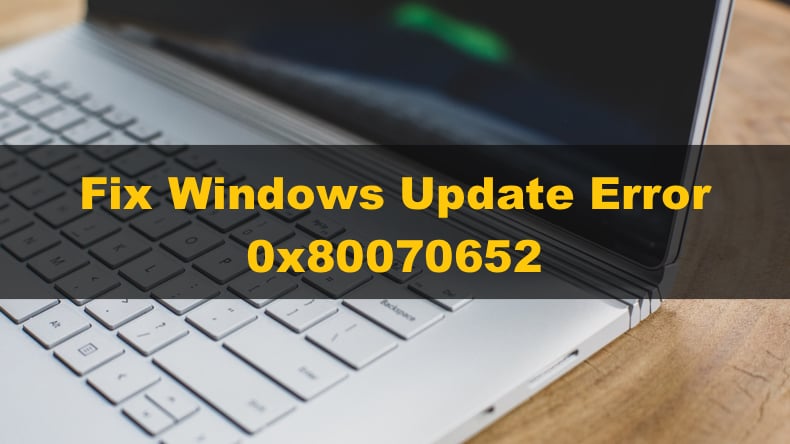
What is Windows Update Error 0x80070652?
Windows Update error code 0x80070652, also known as ERROR_INSTALL_ALREADY_RUNNING, occurs because Microsoft Windows Installer can only run one installation at a time unless it is a nested installation. Error 0x80070652 means that a previous Windows installation has not yet been completed.
Having two or more installations running simultaneously confuses the operating system since Windows wasn't designed to run several Windows Installer instances at the same time. If you get Error 0x80070652, the first thing you should do is allow the other installation to complete.
However, you may not see an installer window as the installation may be running in the background. You should be able to identify the installation process in the Task Manager. If you think the installation is stuck, you should restart your PC and update Windows again.
You may also get error 0x80070652 due to a slow Internet connection, missing or damaged DLL files, corrupted Windows Registry items, corrupted Windows update files, and outdated hardware drivers.
Video Guide on How to Fix Windows Update Error 0x80070652
Table of Contents:
- Introduction
- Solution 1. Run the Windows Update Troubleshooter
- Solution 2. Install the Update Manually
- Solution 3. Update Windows 10 Using the Media Creation Tool
- Solution 4. Run the Deployment Imaging and Servicing Management (DISM) Scan
- Solution 5. Run System File Checker (SFC) Scan
- Solution 6. Reset Windows Update Components Manually
- Video Guide on How to Fix Windows Update Error 0x80070652
Download Computer Malware Repair Tool
It is recommended to run a free scan with Combo Cleaner - a tool to detect viruses and malware on your device. You will need to purchase the full version to remove infections. Free trial available. Combo Cleaner is owned and operated by Rcs Lt, the parent company of PCRisk.com read more.
Solution 1. Run the Windows Update Troubleshooter

1. Right-click the Start Menu button and select Settings.

2. Choose Update & Security.
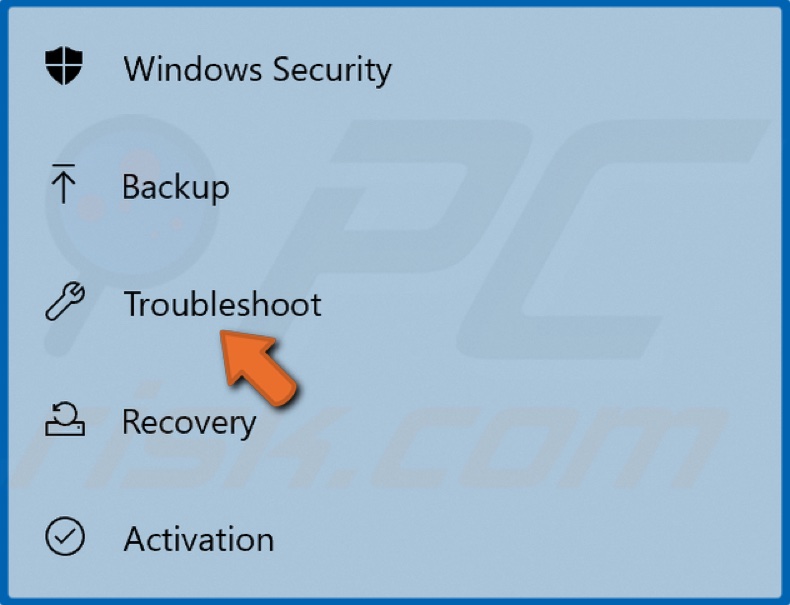
3. Select Troubleshoot in the left pane.
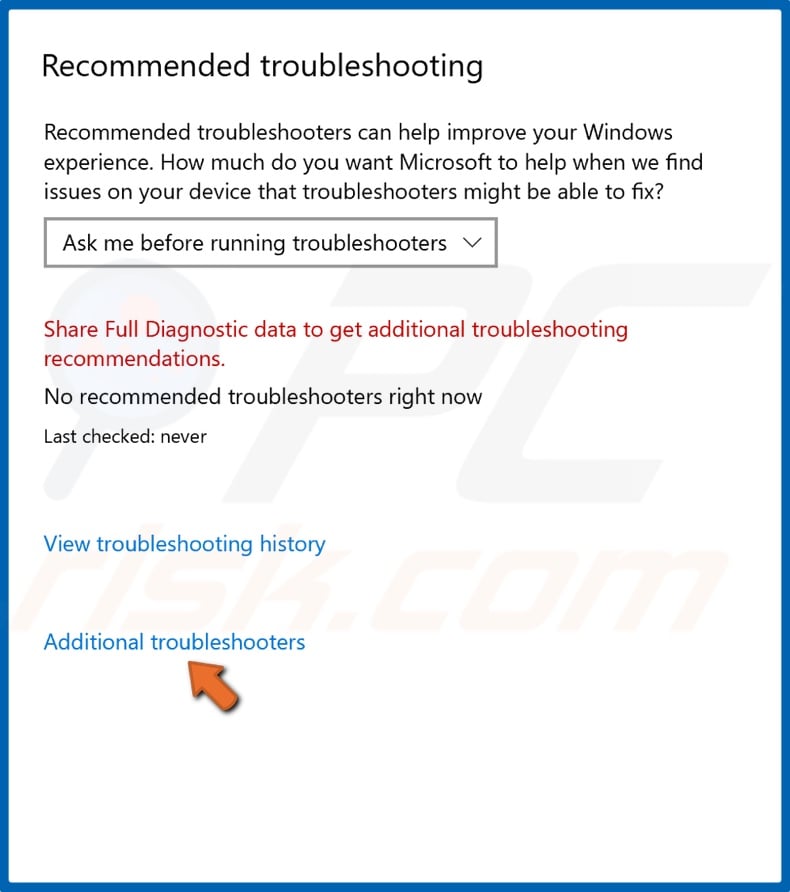
4. Click Additional troubleshooters in the right pane.
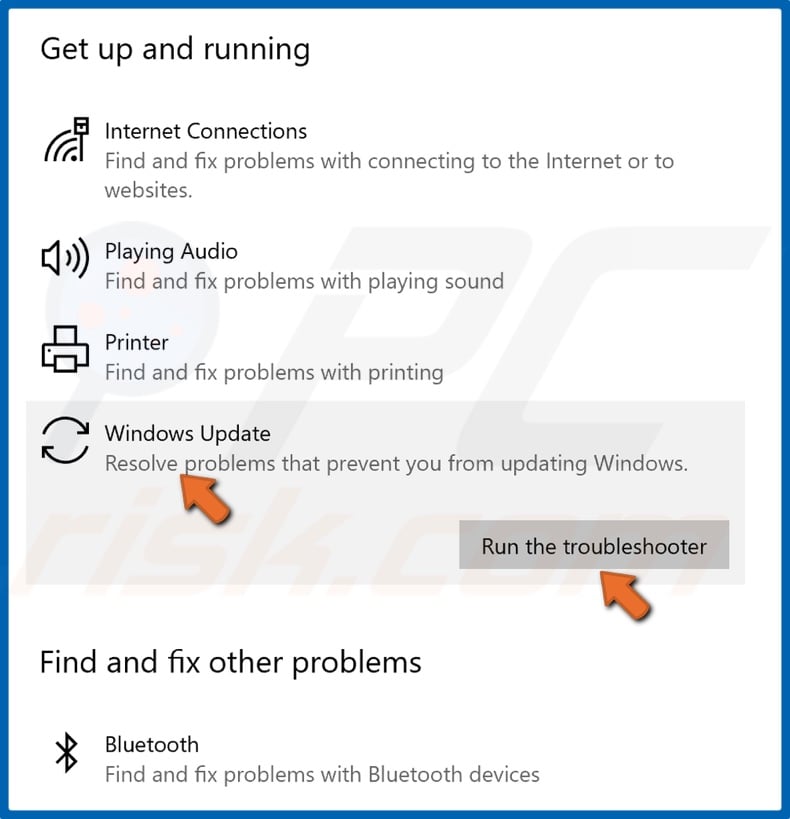
5. Choose Windows Update and then click Run the troubleshooter.
6. The troubleshooter will identify the issue and apply a fix automatically.
7. Try updating Windows.
Solution 2. Install the Update Manually
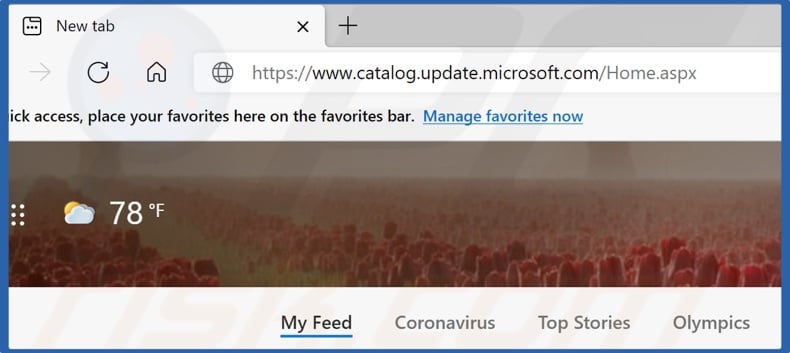
1. Open your web browser and go to the Microsoft Update Catalog webpage.
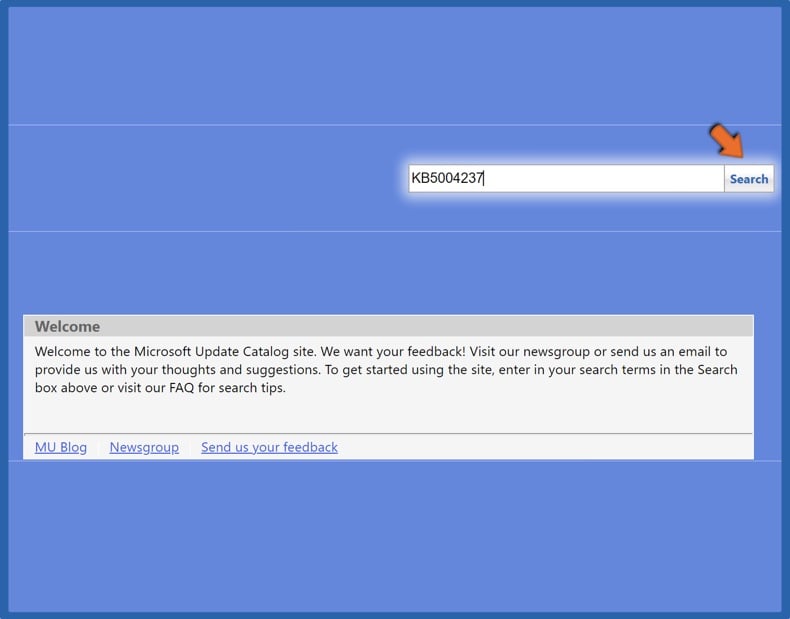
2. Type in the KB (Knowledge Base) code (e.g., KB5004237) in the search box, and click Search.
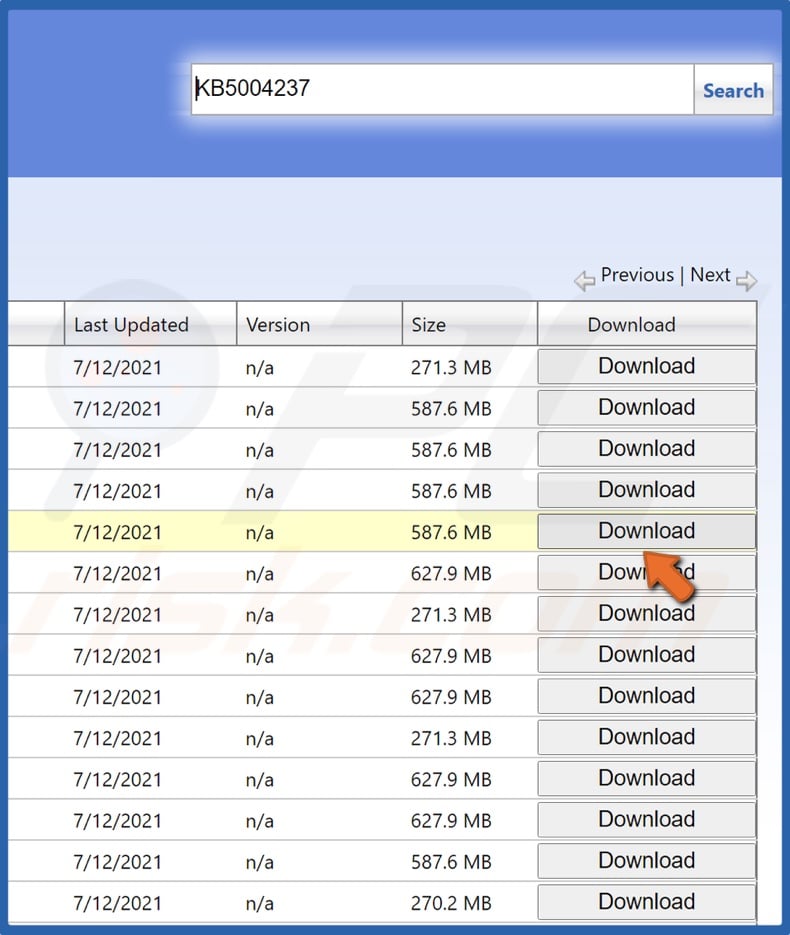
3. Then, select the version for your operating system and CPU architecture, and click Download.
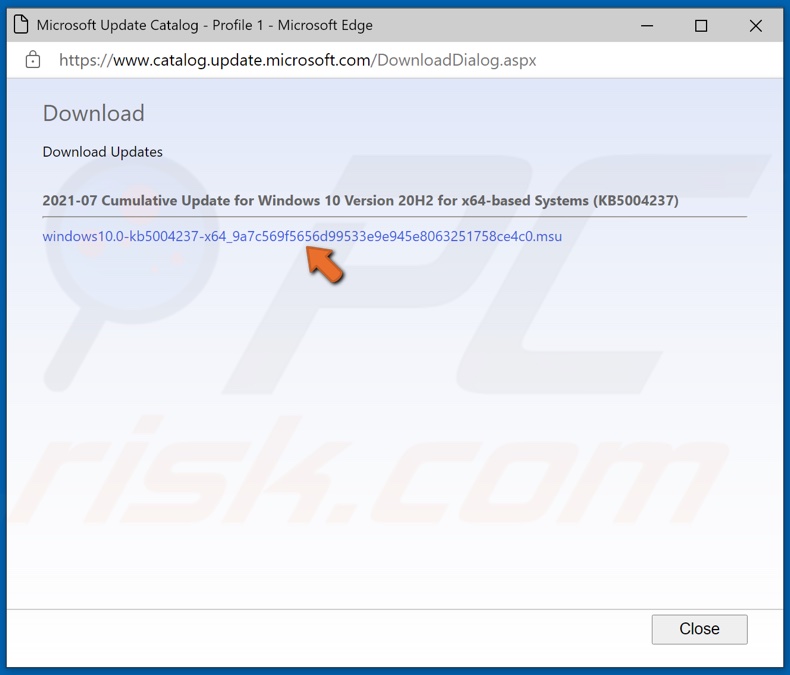
4. A new window will open. Click the update link, and the update will start to download.
5. Once the update is downloaded, run its installer.
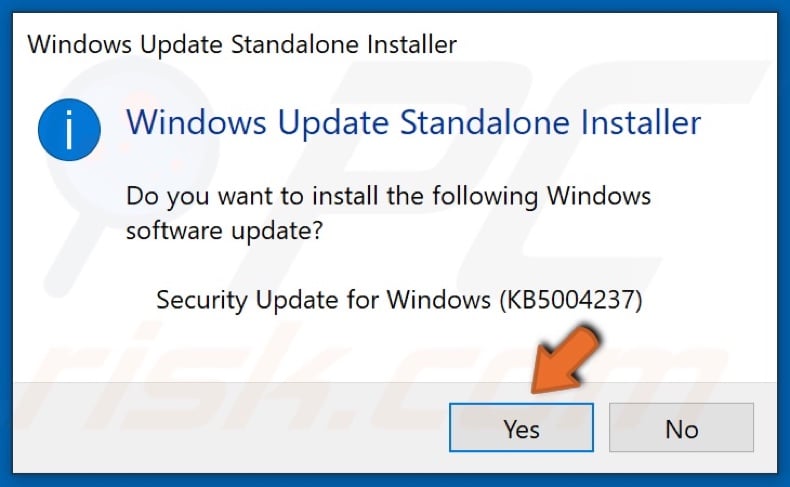
6. The installer will scan your PC for updates and then ask whether you want to install the update. Click Yes.
7. The Standalone installer will begin installing the update.
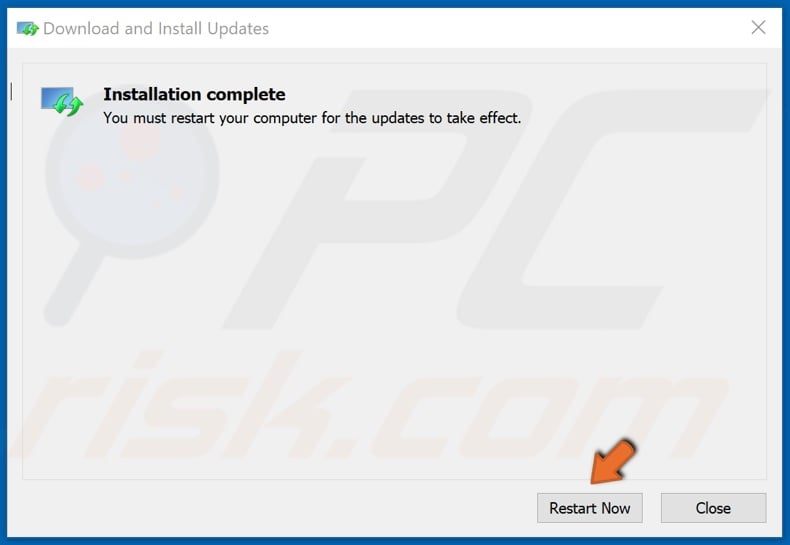
8. Once the update is installed, click Restart now.
9. Try updating Windows.
Solution 3. Update Windows 10 Using the Media Creation Tool
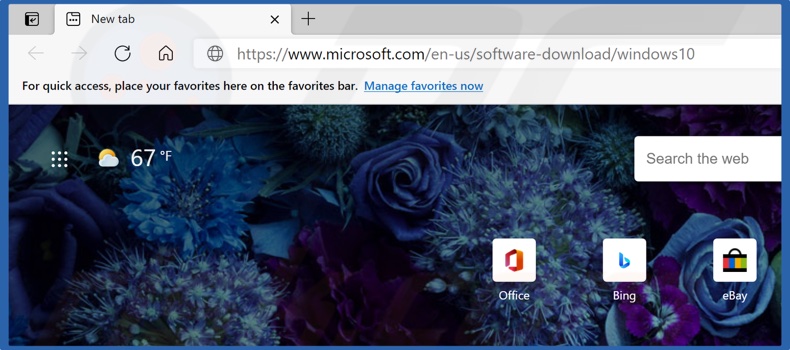
1. Open your web browser and go to the Media Creation Tool download page.
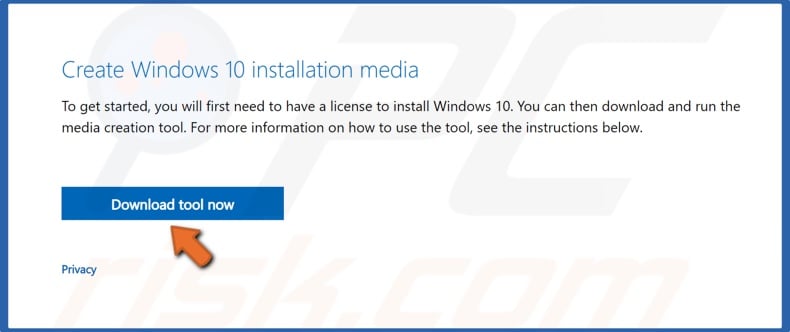
2. Click the Download tool now button.
3. Run the Media Creation Tool (MediaCreationTool21H1.exe) executable file.
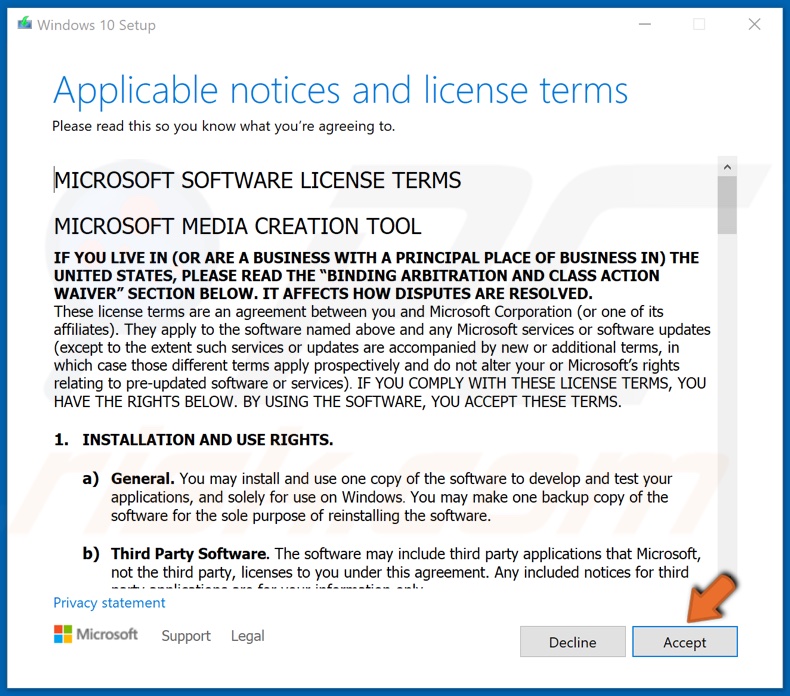
4. Then, Accept the Media Creation Tool license agreement.
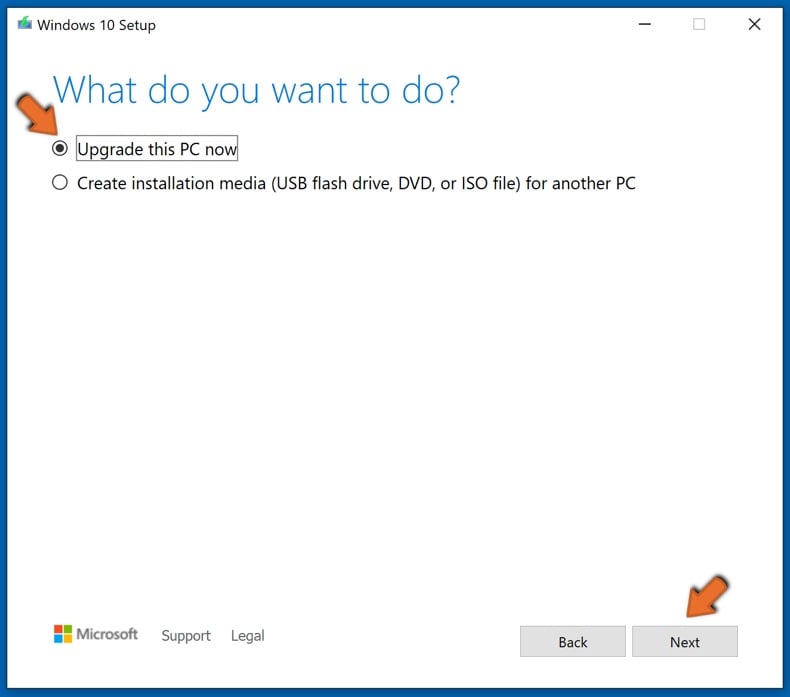
5. Select Upgrade this PC now and click Next.
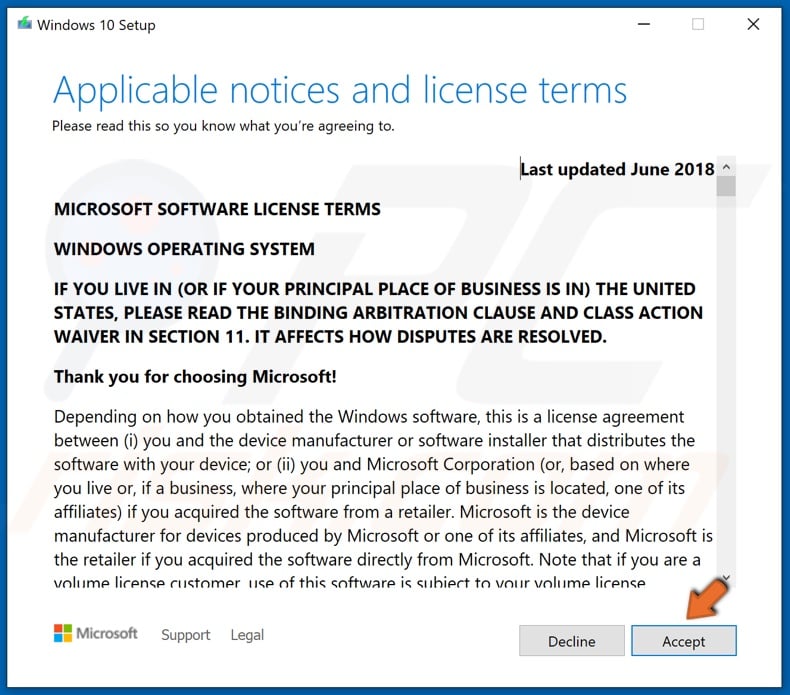
6. Accept the Windows 10 license agreement.
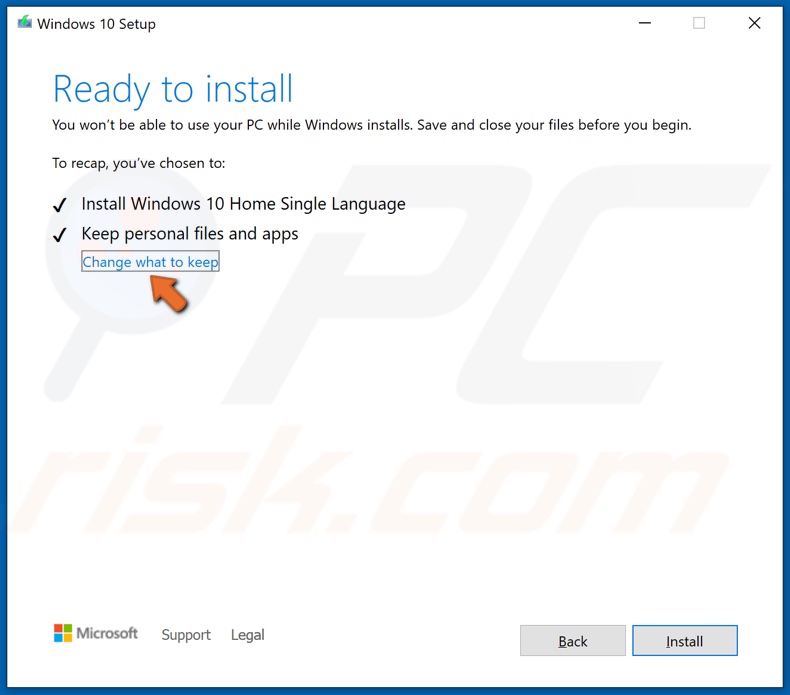
7. You may keep your personal files and apps, but if you want a clean Windows 10 installation, click the Change what to keep button to customize the installation settings.

8. Choose what to keep and then click Next.
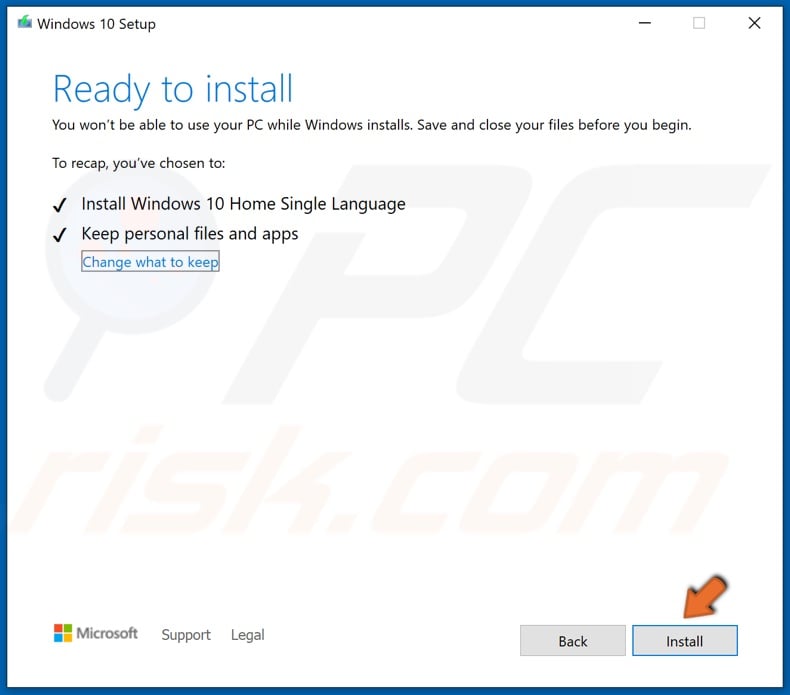
9. Click Install, and the setup will start upgrading Windows 10.
Solution 4. Run the Deployment Imaging and Servicing Management (DISM) Scan
1. Hold down Windows+R keys to open Run.
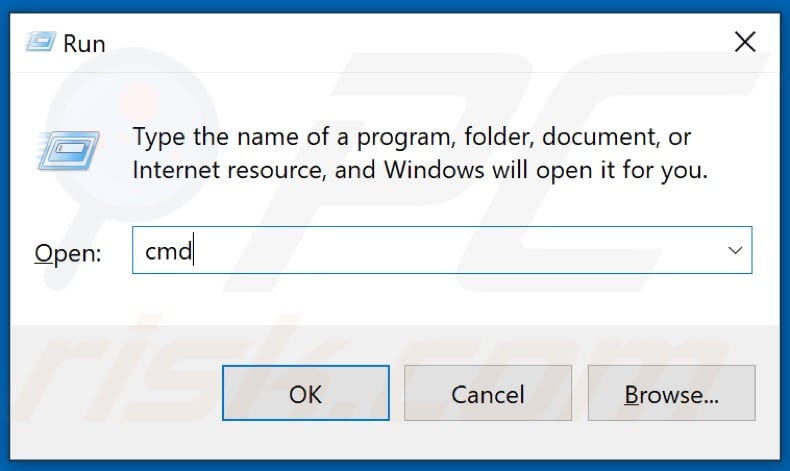
2. In the Run dialog box, type in CMD and hold down Ctrl+Shift+Enter keys to open the elevated Command Prompt.

3. In the Command Prompt window, type in DISM /Online /Cleanup-Image /ScanHealth and hit the Enter key.
4. Lastly, type in DISM /Online /Cleanup-Image /RestoreHealth and hit Enter.
5. Restart your PC and try updating Windows.
Solution 5. Run System File Checker (SFC) Scan
1. Hold down Windows+R keys to open Run.

2. In the Run dialog box, type in CMD and hold down Ctrl+Shift+Enter keys to open the elevated Command Prompt.
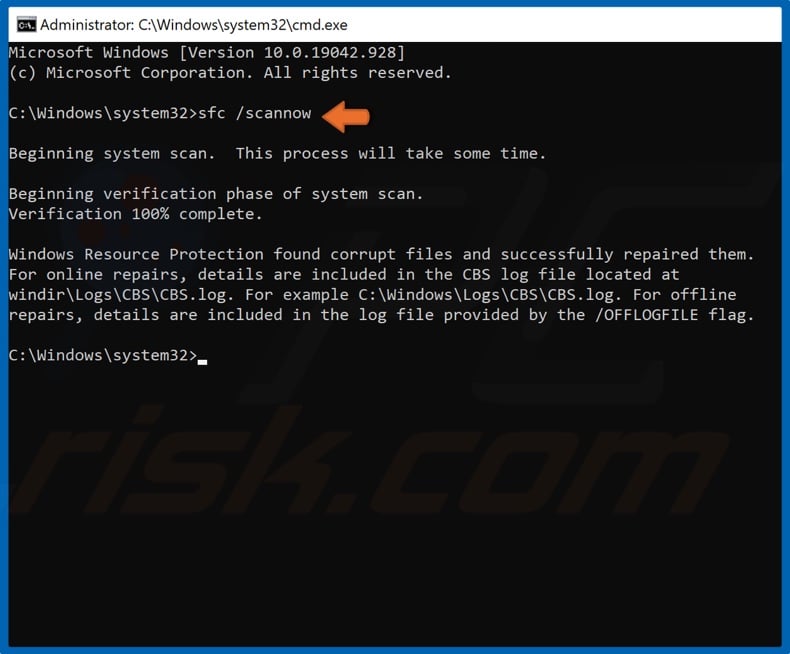
3. In the Command Prompt window, type in SFC /ScanNow and hit the Enter key.
4. Restart your PC and try updating Windows.
Solution 6. Reset Windows Update Components Manually
1. Hold down Windows+R keys to open Run.

2. In the Run dialog box, type in CMD and hold down Ctrl+Shift+Enter keys to open the elevated Command Prompt.

3. In the Command Prompt window, type in the commands listed below, and hit the Enter key after entering each one:
- net stop wuauserv
- net stop cryptSvc
- net stop bits
- net stop msiserver
4. Then, type in ren C:\Windows\SoftwareDistribution SoftwareDistribution.old and hit the Enter key.
5. Type in ren C:\Windows\System32\catroot2 Catroot2.old and hit Enter.
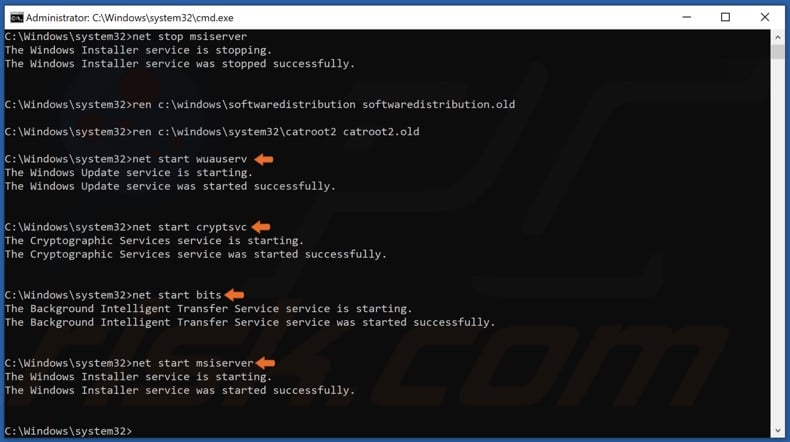
6. Type in the commands listed below, and hit Enter after entering each one:
- net start wuauserv
- net start cryptSvc
- net start bits
- net start msiserver
7. Close the Command Prompt and try updating Windows.
Share:

Rimvydas Iliavicius
Researcher, author
Rimvydas is a researcher with over four years of experience in the cybersecurity industry. He attended Kaunas University of Technology and graduated with a Master's degree in Translation and Localization of Technical texts. His interests in computers and technology led him to become a versatile author in the IT industry. At PCrisk, he's responsible for writing in-depth how-to articles for Microsoft Windows.

▼ Show Discussion